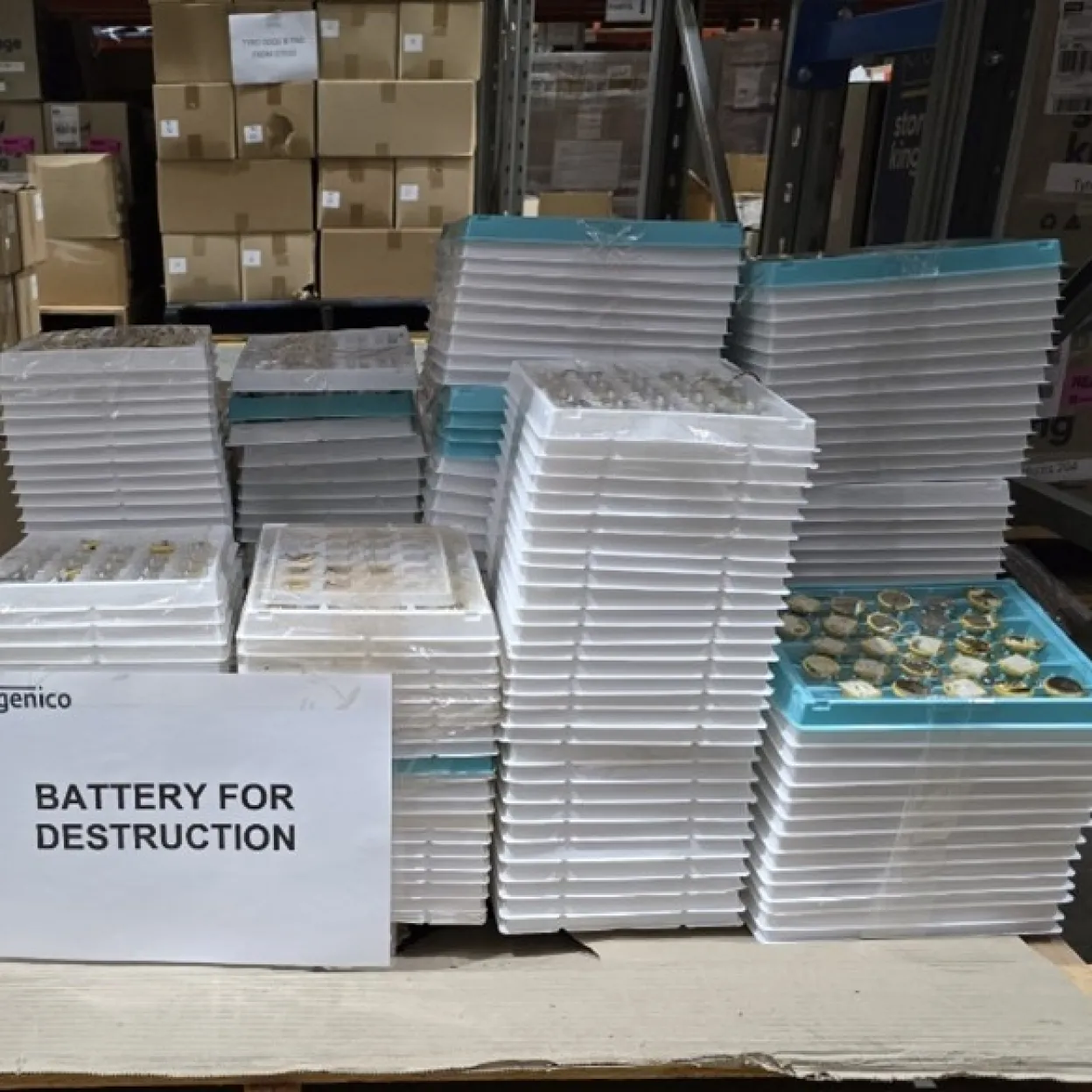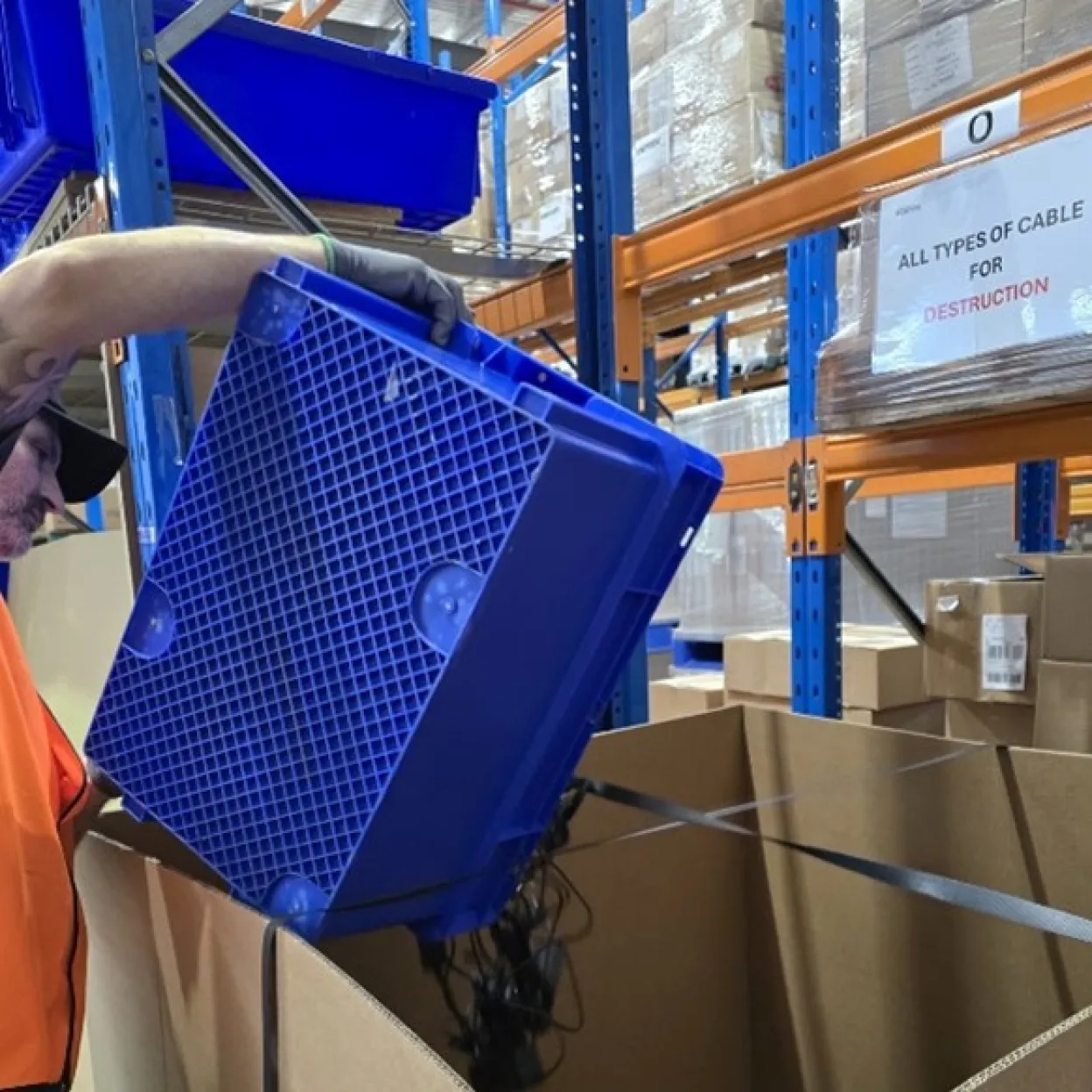Ingenico Australia’s Payment Terminal Recycling Success: We've Recycled the Statue of Liberty's Weight in Electronic Waste
Listen to this article

The Complete Payment Terminal Lifecycle: From Design to Second Life
That payment terminal at your local cafe has lived quite a journey. It started as carefully sourced materials in design labs, spent years processing thousands of transactions, and then typically ends up in a landfill when it retires.
At Ingenico, our payment terminal lifecycle doesn't end with disposal. We've built sustainability into every stage: designing repairable and modular terminals, working toward a PVC-free product range and 100% recycled packaging, while digitising receipts and extending device lifespans. When a terminal returns to us, we already know how to maximize its second life because we planned for it from day one.
245,000 Payment Terminals, Extraordinary Results
Between July 2024 and June 2025, Ingenico Pacific collected 244,719 retired units - 162,916 payment terminals, 73,762 terminal bases, and 8,041 other components from across Australia.
Our payment terminal disposal program achieved remarkable results: we recovered 140,466kg of materials, exactly the weight of the Statue of Liberty. The net result was 136,984kg of material recovered and recycled, achieving a 98% recovery rate.
The Hidden Treasure Inside Every Payment Terminal
Imagine this: a payment terminal processed over 500,000 transactions at your local café before entering our recycling program. Inside this simple black box is gold, silver, copper, and rare metals like palladium, essential for modern electronics.
The Complete Recycling Process
Our certified partner runs a comprehensive recovery process for each component:
Circuit Boards & SIM Cards
Undergo chemical and thermal processing to extract gold, silver, palladium, and copper.
Batteries
Follow highly controlled recycling to safely recover lithium, cobalt, nickel, copper, and manganese while preventing the release of hazardous substances.
Cables and Power Packs
Are dismantled to extract valuable copper, which is melted and reused, these components provide significant value for manufacturing supply chains.
Plastics
Are sorted by type and reprocessed into raw pellets for sustainable payment solutions. This process saves 75% energy and reduces CO2 emissions by 42% compared to virgin plastic production.


Banking on Sustainability
The payments industry carries a unique responsibility to lead by example in sustainability. When banks and merchants partner with Ingenico, they're joining a circular economy that transforms today's terminals into tomorrow's sustainable solutions, proving that environmental responsibility and operational efficiency amplify each other's impact.
For Australian businesses using payment infrastructure, sustainable payment terminal disposal offers:
- Full traceability and Australian e-waste compliance(1) with penalties up to $5 million for non-compliance(2)
- Secure data handling for payment terminal components
- Transparent ESG reporting capabilities(3)
- Reduced disposal costs and waste-handling burden
The Future is Circular
The pressure to act is increasing from regulators, from customers, and from within your organisation. But the path forward doesn’t need to be complicated.
Ingenico has built the systems. We’ve done the work. And we’ve proven the results. If you're ready to simplify end-of-life device management while strengthening your sustainability credentials, this is the model you can plug into now.
Because the best kind of innovation doesn’t just solve problems, it prevents them from piling up in landfills.
References:
(1) Western Australian Government. "E-waste to landfill ban in WA." Available at: https://www.wa.gov.au/service/building-utilities-and-essential-services/waste-management/e-waste-landfill-ban-wa
(2) Iron Mountain Australia. "Australian e-waste legislation and the impact on your business." Available at: https://www.ironmountain.com/en-au/resources/blogs-and-articles/a/australian-e-waste-legislation-and-the-impact-on-your-business
(3) Anthesis Group. "The Evolving Landscape Of ESG Reporting Regulation." Available at: https://www.anthesisgroup.com/au/insights/the-










